Fruits that start with H are diverse, encompassing common and exotic varieties. The main tastes among these fruits vary from sweet, tart, and tangy to nutty and musky.
The main types include melons like the Honeydew and Horned melon, berries such as Highbush blueberries and Huckleberries, citrus fruits like Hassaku oranges, and nuts like Hazelnuts.
Additionally, this category extends to more exotic types like the Hardy kiwi and Hala fruit, demonstrating the wide variety of forms and origins.
In terms of usage, these H-starting food varieties are versatile. Many are enjoyed fresh and raw, while others are integral to culinary creations, from salads and desserts to jams and wines.
The appearance of these fruits also varies widely, from the striking orange, the spike-covered shell of the Horned melon to the subtle green of the Honeydew melon and the vibrant hues of Heirloom tomatoes.
Let’s discover some popular fruits that begin with the letter H, and by the way, I’ll also throw in a list of well-known vegetables starting with H at the end.
Ready to explore? Let’s get started!
27 Fruits that Start with H with Filters
Below are 27 fruits that begin with H, sorted according to their popularity. You can use a filter to easily find fruits. This helps you see which are exotic, or fruit vegetables and which can be used in different ways, like in meals, drinks, or as decoration for dishes.
Honeydew Melon
- For Beverages
- For Dishes
- For Garnish
Honeydew melon belongs to the cucurbitaceae family. Honeydew is the American name for White Antibes. Besides these two famous names, it is also called Hmazil by the Mizo people. More interesting, they will call them Melon tuna or Prickly pear melon in Chile.
One of the highlights that make it so popular is its taste. Beneath the surface, the flesh appears extremely sweet, with its typical pale green color, thick, dense, and succulent, with a hint of musky aroma.
It’s a summer fruit, with a peak season in the late summer months. Honeydews are popular worldwide, particularly in the United States, China, and Turkey. They’re often eaten fresh, cut into slices or cubes, and can also be used in salads, desserts, and smoothies.
Heirloom Tomato
- For Dishes
- For Garnish
- Fruit Vegetables
Heirloom tomato, or Heritage tomato, refers to tomato varieties identified as the family of strawberries. Unlike commercial hybrid tomatoes, heirloom tomatoes are grown from seeds that naturally pollinate.
They come in various colors, including red, yellow, purple, and even striped, and vary in flavor from sweet to tangy. They’re particularly popular during the summer months when they’re in season.
This kind of fruit can be sliced up and eaten fresh, or you can use them for making juices and sauces.
Heirloom tomatoes are celebrated globally, especially in regions like the Mediterranean, the United States, and parts of Europe, where they’re a key ingredient in fresh salads, sandwiches, and gourmet dishes.
Hazelnut
- For Beverages
- For Dishes
- For Garnish
Hazelnut, also known as filbert, is a type of nut that comes from the Corylus tree. Native to Europe and Asia, it’s renowned for its rich, sweet flavor, making it a favorite in various culinary applications, from baked goods and chocolates to savory dishes.
Hazelnuts are harvested in autumn, and while they’re enjoyed raw, roasting them enhances their flavor. These nuts are valued for their taste and nutritional benefits, including being a good source of vitamins, minerals, and healthy fats.
Turkey is the largest producer of hazelnuts globally, contributing significantly to global supplies. Hazelnuts hold a special place in cultures around the Mediterranean, where they’re a key ingredient in traditional recipes like the Turkish delight (or lokum) and the Italian spread Nutella.
Honeycrisp
- For Beverages
- For Dishes
- For Garnish
Honeycrisp apple is a modern variety of apples developed by the University of Minnesota in the 1960s to adapt to the bitter cold of winter in some parts of the United States. Until the 1990s, this variety of apples was sold in the market.
The color of Honeycrisp apples is similar to other apple varieties. It has a diverse variation from green to red-orange; sometimes, they are also pale yellow or dark pink if grown in good sunlight. Occasionally, the skin of these fruits is mottled.
The flesh of these apples is white, quite crispy, has a sweet taste with a hint of acidity and gives a feeling of freshness.
Beyond eating fresh, Honeycrisp apples are also great in salads, baking, and cooking because they retain their texture. They’re often celebrated in apple festivals across North America, especially favored in the United States and Canada.
Hassaku Orange
- Exotic
- For Beverages
- For Dishes
- For Garnish
Hassaku orange is a citrus fruit that originated in Japan, specifically in Hiroshima Prefecture, where it was discovered in the 19th century. It’s larger than most oranges, with a tough, bumpy skin that blends green and yellow when fully ripe.
The flesh inside is slightly tart with a mild sweetness and divided into segments like other citrus fruits. Hassaku oranges are often enjoyed fresh, with the peel removed and the segments eaten directly, though their rind can also be turned into dishes and desserts.
Highbush Blueberry
- For Beverages
- For Dishes
- For Garnish
Highbush blueberry refers to several species of blueberries native to North America, characterized by their tall, bushy growth habit, as opposed to the low-growing wild blueberries. These blueberries are famed for their sweet, slightly tangy flavor and deep blue hue.
Highbush blueberries are the variety most commonly cultivated for commercial production, available fresh, frozen, or processed into products like jams, juices, and baked goods. Highbush blueberries are popular across the United States, Canada, Europe, and South America.
When mentioning Highbush blueberries, many people confuse this kind of blueberry with Lowbush blueberry; however, you should be clear that Lowbush blueberries are much smaller than Highbush ones.
Honeyberry
- For Beverages
- For Dishes
- For Garnish
Honeyberry, also called haskap or blue honeysuckle, is a fruit-bearing shrub native to the cool temperate regions of the Northern Hemisphere, including Russia, Poland, and Canada. It is remarkably cold-tolerant, surviving temperatures of -55 degrees.
The fruit resembles an elongated blueberry, with a unique, sweet-tangy flavor that some describe as a cross between a blueberry and raspberry, but with its distinct notes.
Honeyberries are prized for their early ripening, often the first fruit to mature in spring, and their hardiness, which makes them capable of withstanding cold temperatures. These berries are versatile in the kitchen, used fresh in salads or processed into jams, desserts, and wine.
Hardy Kiwi
- For Beverages
- For Dishes
- For Garnish
Hardy kiwi is a smaller, smooth-skinned relative of the well-known kiwifruit, native to East Asia, particularly Japan, Korea, and Northern China. Unlike the common kiwifruit, hardy kiwi skins are edible, and their size is much smaller (about the size of a cherry tomato).
They offer a sweet, tropical flavor reminiscent of the familiar kiwifruit, but some say even more intense and aromatic. Hardy kiwis can survive in colder climates where traditional kiwifruit cannot, making them a valuable crop in regions with cooler summers and harsh winters.
They are eaten fresh, often without the need to peel due to their smooth, thin skin, and can suit various culinary applications, from salads and desserts to jams.
Horned Melon
- Exotic
- For Beverages
- For Dishes
- For Garnish
Horned melon, also known as African cucumber, Jelly melon, Kiwano, or African horned cucumber, is an exotic fruit originating from Africa. It’s recognized by its bright orange skin covered in horn-like spiky projections.
Inside, the fruit houses a jelly-like, lime-green interior filled with edible seeds. The taste of horned melon is a unique combination of cucumber, zucchini, and a hint of banana and lemon.
It’s typically eaten raw; you can slice it in half and scoop out the pulp to enjoy it directly or add to salads and desserts for a tropical flair.
While native to Africa, the horned melon has gained popularity in other parts of the world, including Australia, New Zealand, and parts of the United States, where it’s grown and sold in specialty stores.
Huckleberry
- For Beverages
- For Dishes
- For Garnish
Huckleberry is a term for several wild berries found in North America, particularly in the Pacific Northwest, Rocky Mountains, and adjacent regions of Canada. They look like small blueberries with different colors: blue, purple, red, etc.
Huckleberries have a sweet and tart flavor, highly valued for fresh eating, jams, pies, and other desserts. Purple and red ones are sweeter than blue ones.
They are often confused with blueberries. One of the best ways to distinguish them is to look at their seeds. Huckleberries’ seeds have a tendency to be bigger and harder than blueberries’. The taste of Huckleberries is also more tart.
Hawthorn Fruit
- For Beverages
- For Dishes
Hawthorn fruit comes from the hawthorn tree, which belongs to the genus Crataegus. The fruit is often called May-tree, Thornapple, Hawberry, Whitethorn, Quickthorn, etc.
This fruit is small, ranging in color from bright red to deep blue or black when ripe. They have a tart, slightly sweet taste and are similar in size and appearance to crabapples.
Hawthorn fruits are commonly used to make jellies, jams, and wines, and have a long history of use in traditional medicine, particularly for heart-related conditions. They’re typically harvested in late autumn.
Highbush Cranberry
- For Dishes
- For Garnish
Highbush cranberry is not a true cranberry but a member of the Viburnum genus, specifically Viburnum opulus var. americanum, native to North America. It’s called “highbush” to differentiate it from the low-growing true cranberries.
The fruit resembles a cranberry in appearance and taste; they’re bright red round and have a tart flavor that can become sweeter after a frost.
This kind of fruit can be eaten raw or cooked, and perfect for preserves, jellies, sauces, juices, jams, etc., or used as a delicious seasoning for meat.
It is popular in regions of the United States and Canada, where they grow wild in wetlands and wooded areas.
Hyuganatsu
- Exotic
- For Beverages
- For Dishes
- For Garnish
Hyuganatsu, or Citrus tamurana, is a medium-sized citrus fruit originating in Miyazaki Prefecture, Japan. The name “Hyuganatsu” of this fruit comes from Hyuga and the word “Natsu,” which means “summer.”
In addition, people also called them Konatsu, Tosakonatsu, or even new summer oranges. It’s known for its bright yellow skin and a thick, spongy pith that’s surprisingly sweet and edible, unlike most other citrus fruits where the pith is bitter.
The flesh inside is juicy and mildly sweet with a slightly tart aftertaste. Hyuganatsu is usually consumed in a unique way; it’s often cut into halves or wedges, and the juicy interior is eaten directly, sometimes sprinkled with a pinch of salt.
This fruit is a seasonal delicacy in Japan, enjoyed in the spring, and often served as a dessert or a palate cleanser.
Hawaiian Mountain Apples
- Exotic
- For Beverages
- For Dishes
- For Garnish
Hawaiian mountain apples, also known as ʻōhiʻa ʻai in Hawaiian, are not apples in the traditional sense but are related to the myrtle family. They are native to Southeast Asia but have become a significant part of Hawaiian culture and ecosystems.
These fruits are elongated and have a waxy, bright red skin with white to pink flesh that’s crisp and juicy with a very mild sweetness, almost watermelon-like in texture. Hawaiian Mountain Apples are often eaten fresh or used in local Hawaiian dishes and jams.
The fruit is deeply intertwined with Hawaiian culture, celebrated in songs, dances, and festivals. Its harvest season in the summer is a time of abundance and is often marked by community gatherings and cultural festivities.
Husk Tomato
- For Dishes
- Fruit Vegetables
Husk tomato, also known as ground cherry or physalis, is a small fruit encased in a papery husk belonging to the nightshade family, alongside tomatoes and tomatillos. Native to the Americas, it has a tangy-sweet flavor reminiscent of a tomato mixed with pineapple or citrus.
When ripe, the fruit is yellow to orange and can be eaten raw or turned into jams, pies, and salads. Husk Tomatoes are popular in cuisines from Latin America and are often used in salsa verde and other traditional dishes. They’re typically harvested in late summer to fall.
Honeysuckle
- Exotic
- For Beverages
Honeysuckle, primarily known for its fragrant flowers, also bears small fruits on some species, commonly known as honeyberry or haskap. These fruits are elongated, blueberry-like berries that taste sweet with a hint of tartness, often compared to raspberries or blackberries.
Native to the cool temperate regions of the Northern Hemisphere, including parts of North America, Europe, and Asia, honeysuckle berries are consumed fresh or used in culinary applications such as jams, jellies, and baked goods.
While not all honeysuckle berries are edible, and some can be toxic, the varieties with edible fruits have gained popularity for their health benefits, including high vitamin C and antioxidant content.
In regions where they are native, these fruits are part of traditional diets and are sometimes featured in local celebrations of spring and early summer, when the berries ripen.
Himalayan Mulberry
- Exotic
- For Dishes
Himalayan Mulberry, or Morus macroura, is a fruit native to the Himalayan region. It’s distinguished by its long, slender appearance, much elongated compared to the common mulberries, and can grow up to several inches long.
The fruit’s flavor blends sweetness and tartness, reminiscent of the common mulberry but with a unique depth. Its smooth skin ranges from deep red to purple when fully ripe.
Himalayan Mulberries are typically eaten fresh, directly off the tree, but they can also be utilized in jams, desserts, and even savory dishes that call for a sweet-tart component.
Hackberry
- For Dishes
Hackberry refers to the small fruits produced by the hackberry tree. These small, round fruits turn a deep purple to almost black when ripe. The taste of hackberry fruits is sweet, with a flavor hinting at dates and raisins.
The trees are widespread and native to various regions, including North America, Asia, and Europe, adapting well to different environments. Hackberries can be eaten fresh or used in traditional jams or other preserved recipes.
Hairless Rambutan
- Exotic
- For Dishes
Hairless rambutan, more commonly known as pulasan, is closely related to the rambutan but, as the name suggests, lacks the hairy exterior. Native to Malaysia and now grown in Southeast Asia, this fruit features a smooth, leathery skin that’s usually red or yellow when ripe.
Inside, the pulasan houses a translucent, juicy flesh that’s sweeter and more delicate than its spiky cousin, the rambutan. The taste is often compared to grapes or lychees, with a hint of more pronounced and less acidic sweetness.
Pulasan is typically consumed fresh; the outer skin is cut, and the flesh is eaten directly, avoiding the hard seed in the center.
Hala Fruit
- Exotic
- For Beverages
- For Dishes
Hala fruit, also known as pandanus or screw pine, is a tropical fruit native to the Pacific Islands, parts of Southeast Asia, and coastal regions of Australia.
The fruit is easily recognizable by its distinctive appearance, consisting of a fibrous, pineapple-like cluster of phalanges, or keys, that radiate outwards.
Each key can be peeled to reveal an edible section of fibrous, juicy fruit. The taste of hala fruit is unique, often described as a combination of pineapple and mango but with a more aromatic, earthy undertone.
Hala is not only eaten fresh but also incorporated into traditional dishes, where it’s woven into the cultural fabric of Pacific Island communities.
Hog Plum
- Exotic
- For Beverages
- For Dishes
Hog plum, known as Spondias mombin or yellow mombin, is a tropical fruit native to the Americas, particularly Central and South America and the Caribbean. This fruit belongs to the cashew family and is cherished for its juicy, tangy flavor, often likened to a sour plum or mango.
Hog plums are small to medium, with yellow to orange skin when ripe and fibrous, slightly sweet, and acidic flesh surrounding a large pit. They’re typically eaten fresh, made into jams or jellies, or used as a base for refreshing drinks and sauces.
Hottentot Fig
- Exotic
- For Dishes
Hottentot fig is a succulent plant found in South Africa’s coastal areas. Sour fig, Ice plant, or Highway ice plant are also the nicknames of these fruits.
Its fruit is named for its edible qualities, resembling a fig in shape and texture, with a pulpy interior and a taste that combines sour and sweet flavors, similar to a slightly overripe strawberry.
The fruit’s skin is tough and not typically eaten, but the fleshy interior can be consumed raw or used to make jams, pies, and even a tangy, traditional South African salad. Its sprawling habit and large, daisy-like yellow or pink flowers make the plant easily recognizable.
Huito
- Exotic
- For Beverages
- For Dishes
Huito is a tropical fruit native to the rainforests of South and Central America. This fruit is characterized by an oval shape with various colors, from yellow to brown. This kind of fruit has many cream-colored seeds, which taste very juicy.
When unripe, the pulp is white and sour, but as it ripens, it darkens to a deep blue or black, becoming sweeter and suitable for consumption. Huito is traditionally found in cooking and baking, often transformed into jams, jellies, or fermented into beverages.
Hawaiian Raspberry
- For Beverages
- For Dishes
Hawaiian raspberry, known locally as ʻākala, is a fruit native to the Hawaiian Islands. It closely resembles the common raspberry but tends to have a more intense color and flavor.
Growing wild in Hawaii’s cooler, upland forests, the Hawaiian Raspberry bears fruit ranging in color from bright red to deep purple. The berries are juicy and sweet with a slightly tart undertone, making them a favorite for fresh eating and jams, pies, and other desserts.
The ʻākala is cherished for its delicious fruit and holds cultural significance in Hawaiian traditions, where it has been used for medicinal purposes and as a natural dye.
Hall Crabapple
- Exotic
- For Beverages
- For Dishes
Hall crabapple is a crabapple tree native to East Asia, particularly China. This tree is celebrated for its ornamental value, producing beautiful pink or white flowers in spring that give way to small, round fruits.
The fruits are usually less than 2 inches in diameter, with a bright red or yellow color when ripe. Hall crabapples have a tart and slightly sweet taste, making them more popular for making jellies, jams, and cider rather than eating fresh.
They’re also used in traditional Chinese medicine and as decorative in gardens and parks. The tree’s ability to thrive in various climates has led to its cultivation in different parts of the world, including the United States and Europe.
Hollyleaf Cherry
- Exotic
- For Dishes
Hollyleaf cherry is a species native to the coastal regions of California and northern Baja California. This evergreen shrub or small tree produces small, dark red to black cherries cherished for their tart and slightly sweet flavor.
The fruits are encased in a tough skin with a large pit inside, similar to traditional cherries. Hollyleaf cherries are often utilized in jams, jellies, and pies or simply eaten fresh after careful washing.
Haruka
- Exotic
- For Beverages
- For Dishes
Haruka is a type of citrus fruit, specifically a variety of mandarin orange, cultivated primarily in Japan. It is known for its vibrant orange color, easy-to-peel skin, and a perfect balance of sweetness and tanginess.
The fruit is medium-sized with a somewhat spherical shape, and its flesh is juicy and segmented, typical of mandarins. Haruka is appreciated for its refreshing flavor and is often eaten fresh and enjoyed as a snack or dessert.
Additionally, it can be found in salads, desserts, and various culinary creations, where its bright citrus notes enhance the dish. The peak season for Haruka oranges is in the winter months, making them a popular treat during the colder season in Japan.
Which Vegetables that Start with H Are Well-known?
Here are six popular veggies that start with H:
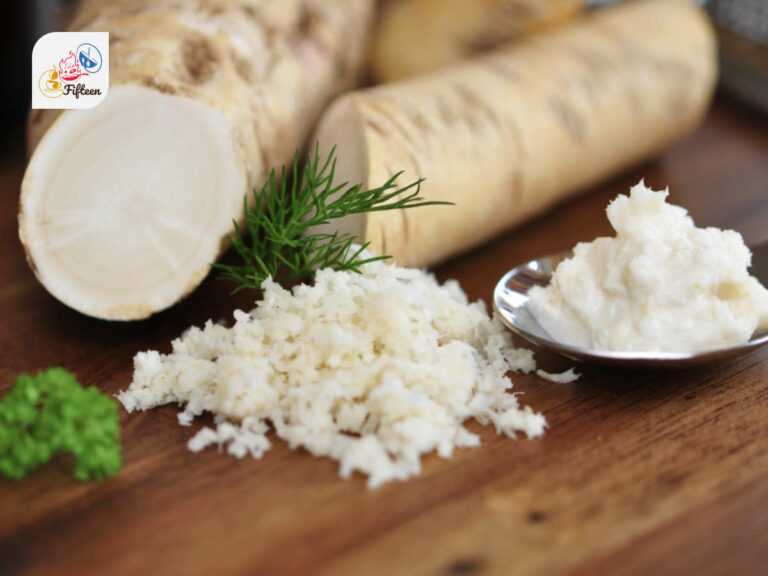
Horseradish
Horseradish is a pungent root vegetable used primarily as a spice or condiment.
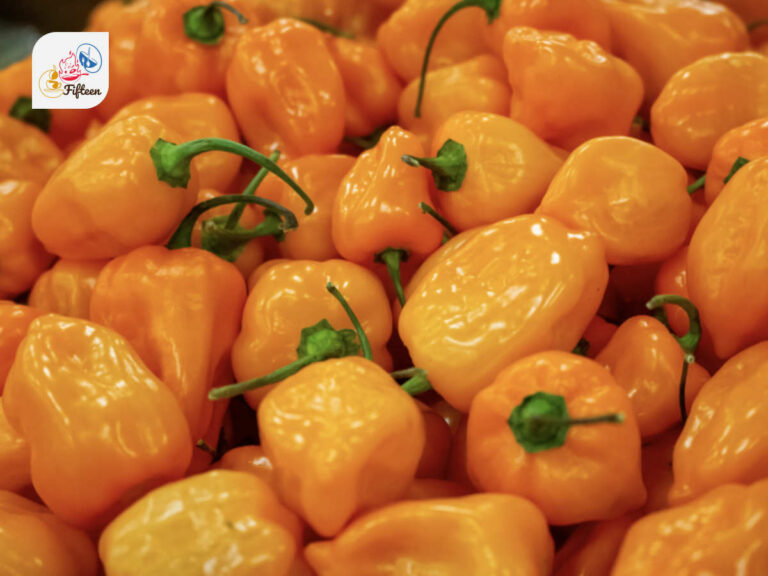
Habanero
Habanero chili is a type of hot chili pepper known for its intense heat and fruity flavor.
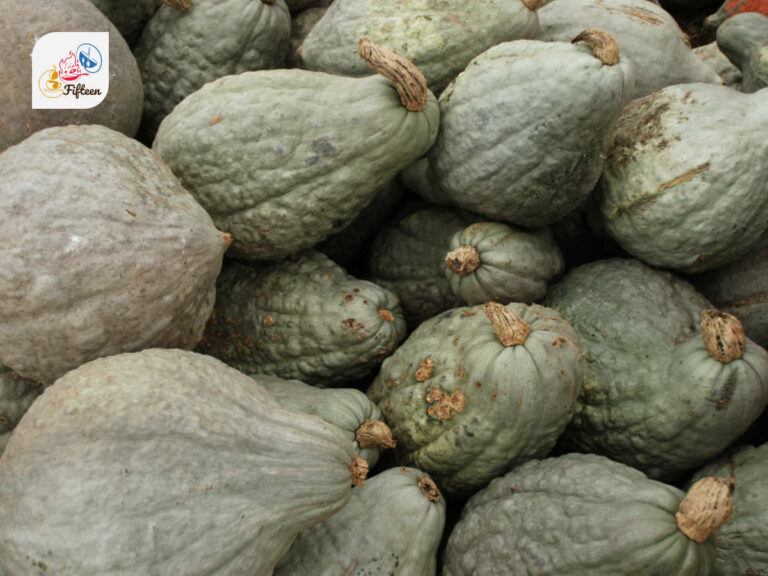
Hubbard Squash
Hubbard squash is a large, hard-shelled squash with a sweet, dense flesh commonly used in pies and soups.
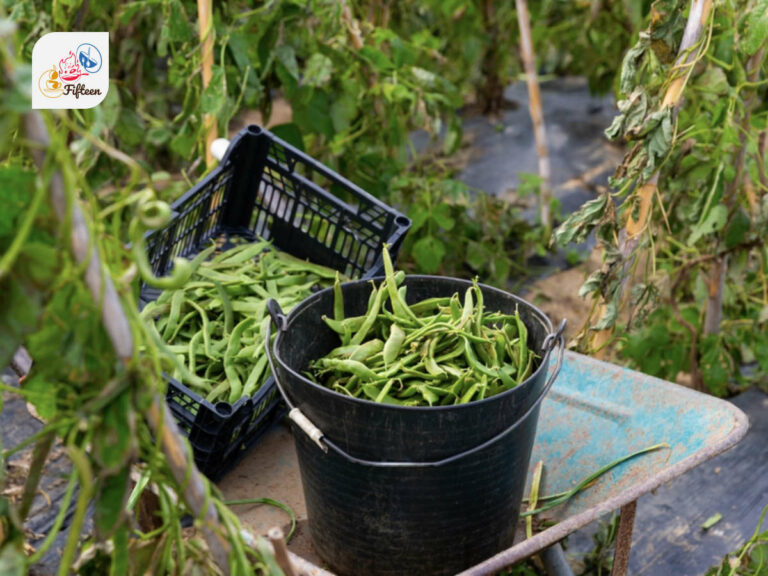
Haricot Vert
Haricot vert is the French term for green beans, known for their tenderness and thin, delicate skin.
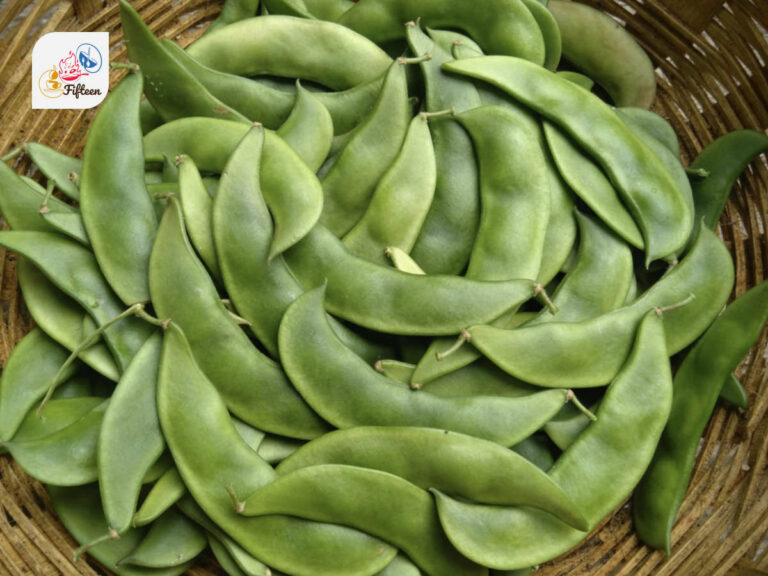
Hyacinth Bean
The hyacinth bean is a type of bean with purple pods, known for its decorative appearance and edible beans and leaves.
Remember, this is just a short list. For more veggies that start with H, check out the complete list.
Challenge your friends to name as many ‘H’ fruits as possible, then share this article with them to see who knows the most! It’ll be a fun little game.
It’s fun to test your fruit knowledge and learn something new together. Don’t forget to share your scores and thoughts in the comments below.
Also, let’s explore our colorful and comprehensive A to Z fruit series to discover delightful tastes and fascinating facts beyond those starting with H! Enjoy your day!


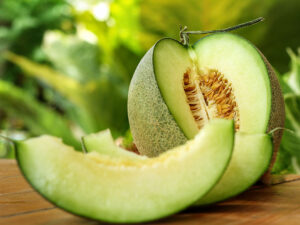
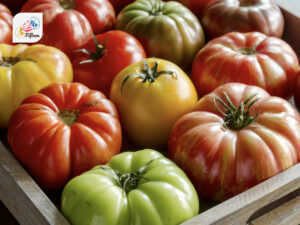
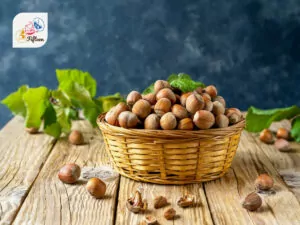
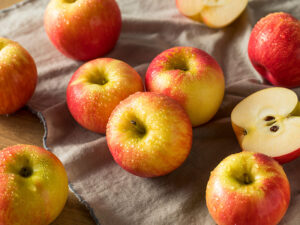
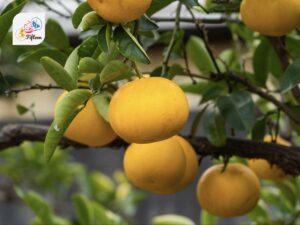
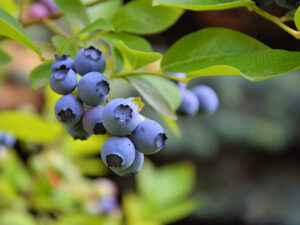
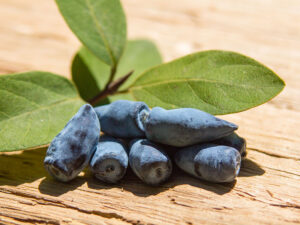
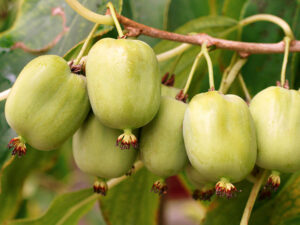
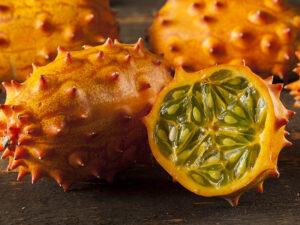
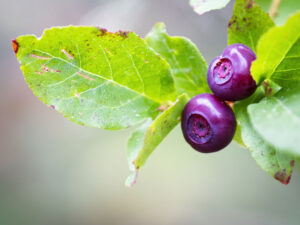
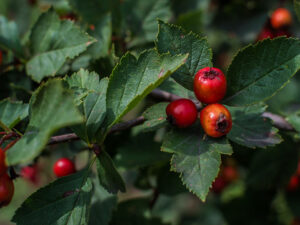
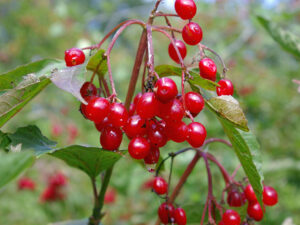
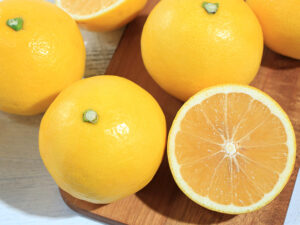
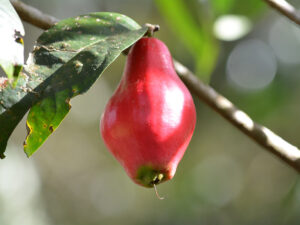
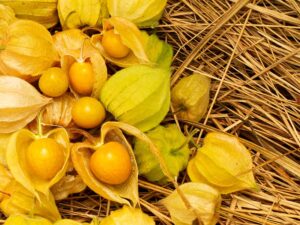
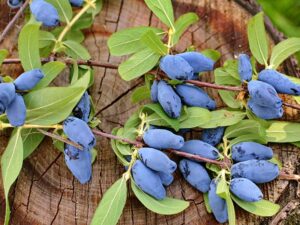
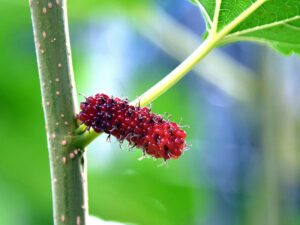
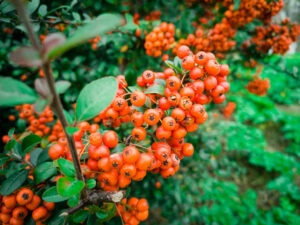
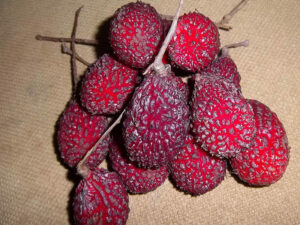
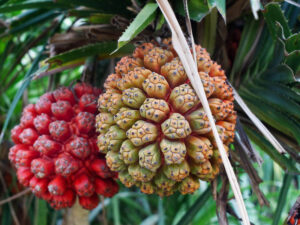
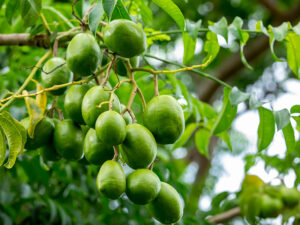
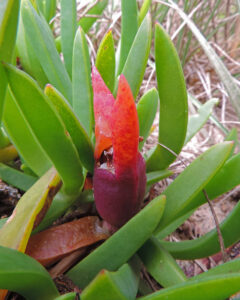
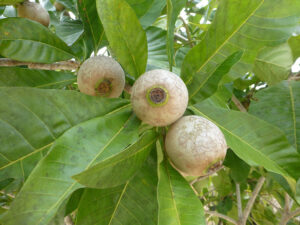
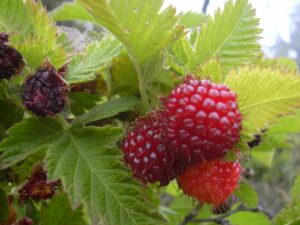
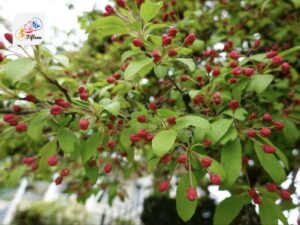
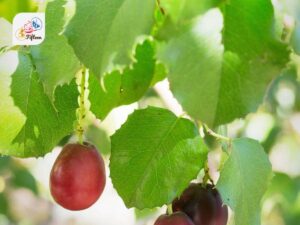
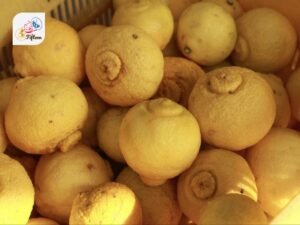
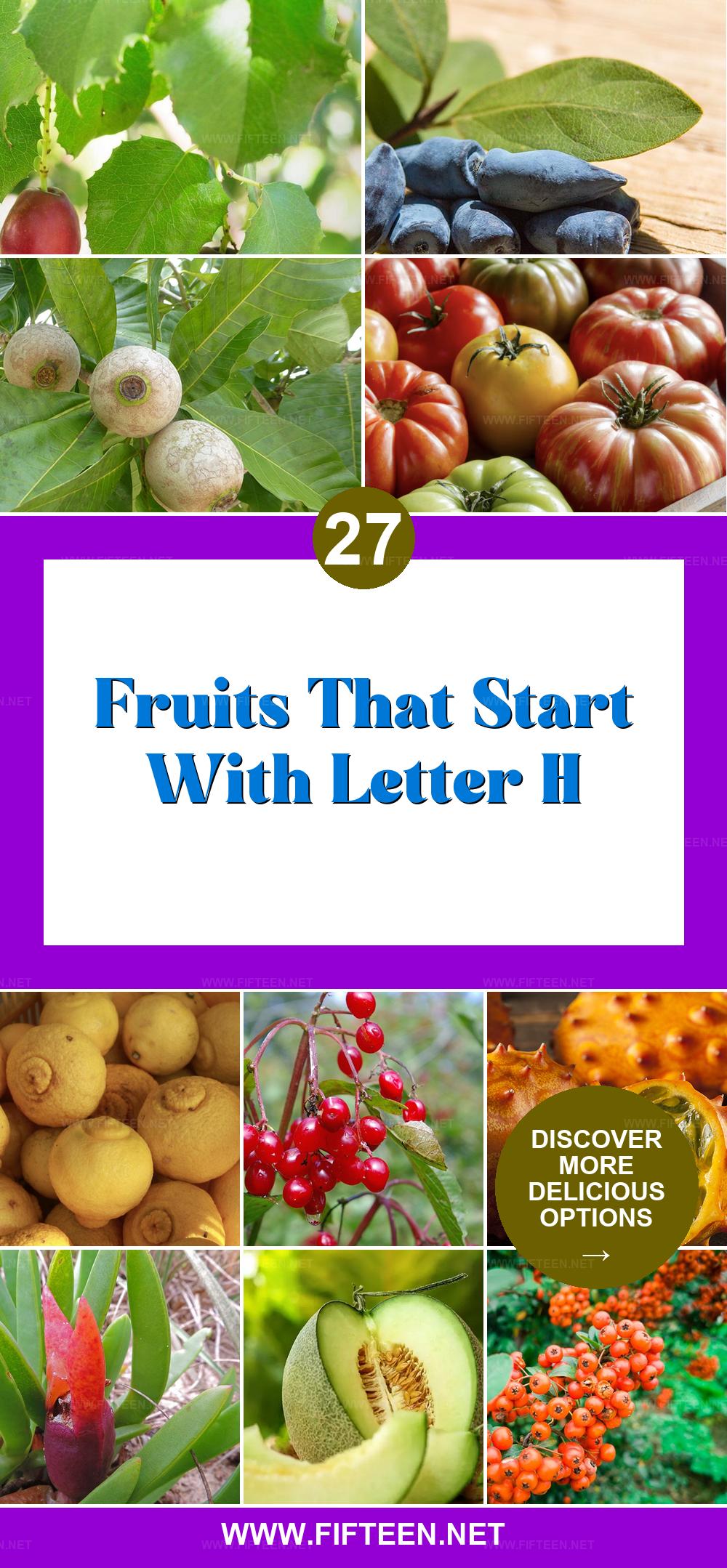
Jamie Scott
Editor in Chief, Senior Content Writer
Expertise
Home Cooking, Meal Planning, Recipe Development, Baking and Pastry, Food Editor, Cooking-video Maker, Western Food Evaluation Expert
Education
Le Cordon Bleu College of Culinary Arts
Local Community College, New York, NY
Jamie Scott is a skilled culinary expert and content creator specializing in Western cuisine. With over 15 years in the culinary field and formal training from Le Cordon Bleu, Paris, Jamie deeply understands how to blend nutrition with delicious flavors. His passion for cooking matches his commitment to making healthy eating accessible and enjoyable.
On Fifteen.net, Jamie brings a fresh perspective to classic dishes and beverages, offering readers insightful recipes, cooking tips, and a fresh view on meal planning that emphasizes taste, health, and simplicity.